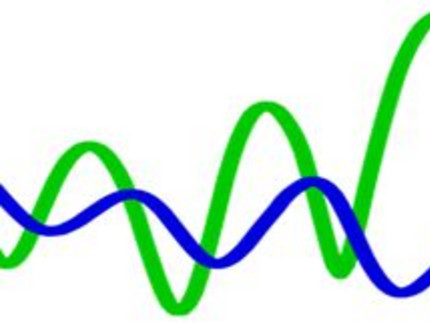DFG Priority Programme 1704
Flexibility matters: Interplay between trait diversity and ecological dynamics using aquatic communities as model systems (DynaTrait)
Aims, scope and approaches (summary)
Biodiversity is rapidly declining and the frequency and strength of environmental changes (e.g. climate and land-use change) is increasing, due to anthropogenic influence. A diminished biodiversity leads to a reduced capability of ecological systems, such as individuals, populations, communities and food webs, to buffer environmental changes and maintain ecosystem functions and ecosystem services, leading, in turn, to a further decline in biodiversity. This profoundly impacts human well-being and our economy on a global scale. Thus, mechanistic understanding and models predicting future ecosystem responses to e.g. climate changes are an important basis for management decisions. We aim to improve our understanding of this extremely important but severely understudied feedback loop by accounting for the biodiversity-related flexibility of ecological systems, which enables them to adjust to altered abiotic and biotic conditions. Depending on the different facets of biodiversity (e.g. genetic, phenotypic, and species diversity), individuals, populations and communities possess an inherent flexibility which allows them to adjust to ambient conditions improving their fitness. This influences their dynamics and consequently those of the entire food web. For example, enhanced grazing may lead to a higher proportion of less edible algae. This, in turn, dampens the reduction of algal biomass, which likely will have a feedback on the biomass and community composition of herbivores, e.g. the share of herbivorous species able to exploit less edible algae may increase. As a result, the advantage of less-edible algae compared to edible ones is reduced which promotes the coexistence of different algal types and hence biodiversity. Given such feedback loops, the responses of large, nonlinear and intricately interconnected networks such as food webs to altered conditions are yet very difficult to understand and to predict, but of outstanding importance for fundamental and applied ecology.
To overcome these limitations, DynaTrait moves away from the classical static species-based approach (where rigid properties are assigned to each organism or species independent of ambient conditions), to an innovative, flexible, trait-based approach. It explicitly considers functional traits which are measureable properties (e.g. edibility of prey, selectivity of consumers) that may change over time depending on the prevailing conditions. We aspire an intensive, mutually stimulating interplay between experimental approaches, field measurements and mathematical modelling using mostly plankton and biofilms as empirical model systems. These microbial food webs comprise multiple trophic levels with internal feedbacks and their small size and short generation times enables measuring and manipulating trait variations and estimating the major trade-off(s) among traits. Population dynamics can be quantified for many generations which reveals the effect of eco-evolutionary feedbacks within feasible time scales. We want to broaden our very limited quantitative knowledge and predictive power on how biodiversity affects the type of ecological dynamics (e.g. static or oscillating) and responses to environmental changes.
We want to quantitatively assess:
- how the potential to adjust to altered abiotic and biotic conditions increases with the phenotypic, genetic and species diversity of microbial food webs;
- how such a potential for adjustments influences the type of dynamics of producers and consumers and their responses to environmental change; and
- how the altered dynamics in turn influence the maintenance of biodiversity and thus the potential to adjust to future perturbations. This will likely call for a profound reconsideration of classical “well-established” theoretical concepts and will enable us to identify and experimentally test mechanisms maintaining biodiversity that can then be implemented in (applied, forecasting) models to improve their validity.
Our aims are to advance ecological theory providing a basis for improved management practices to mitigate the consequences of environmental change and biodiversity loss, and to stimulate other disciplines such as cell biology, social science or transportation that make also use of network science (further details, glossary).

